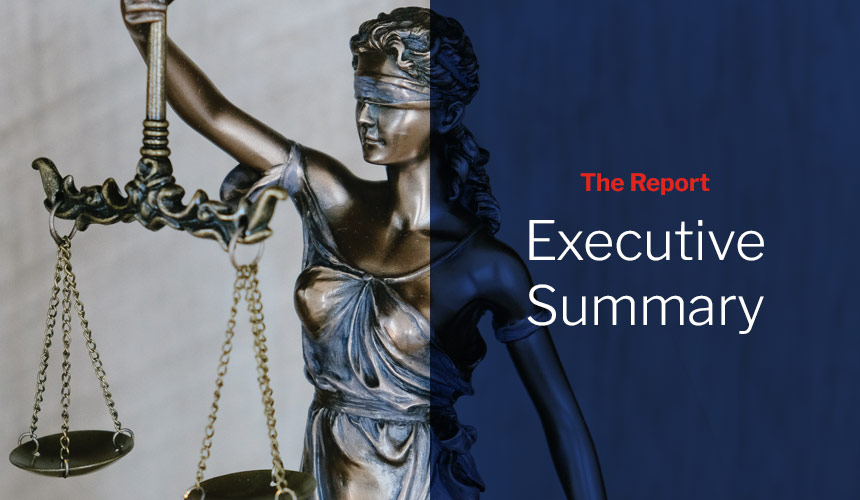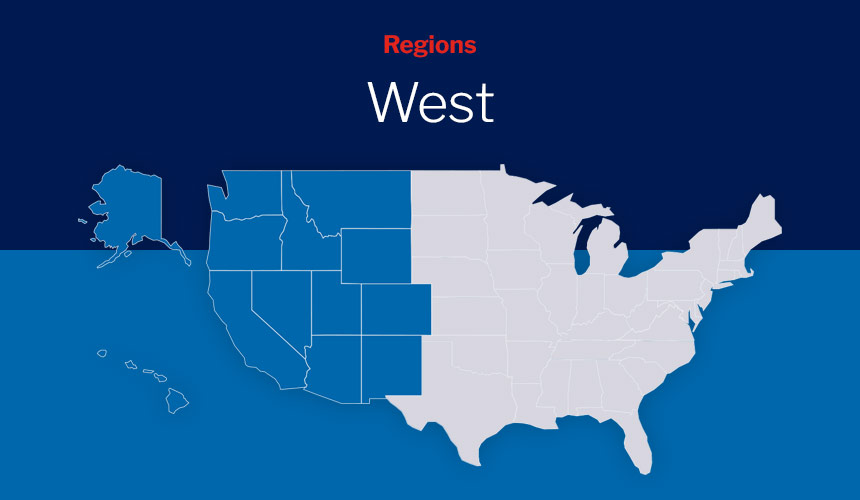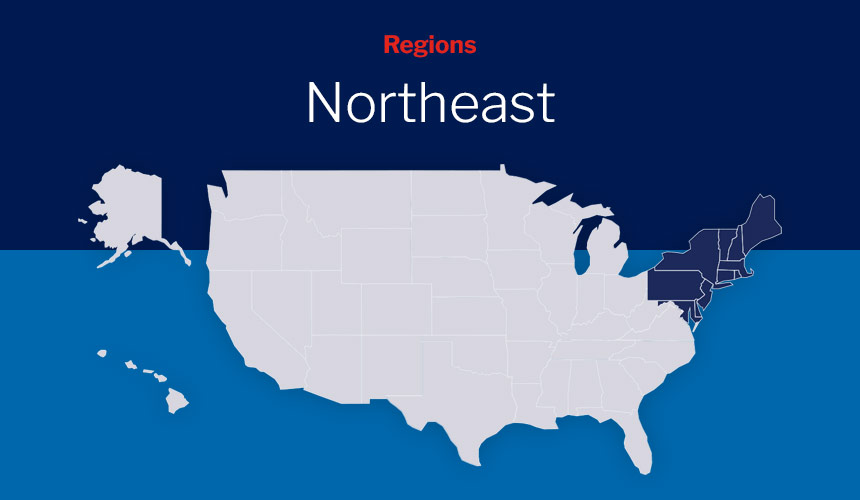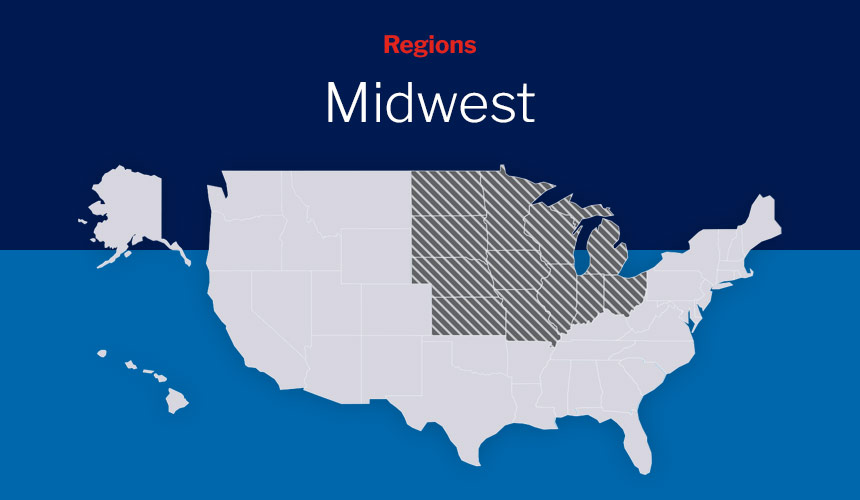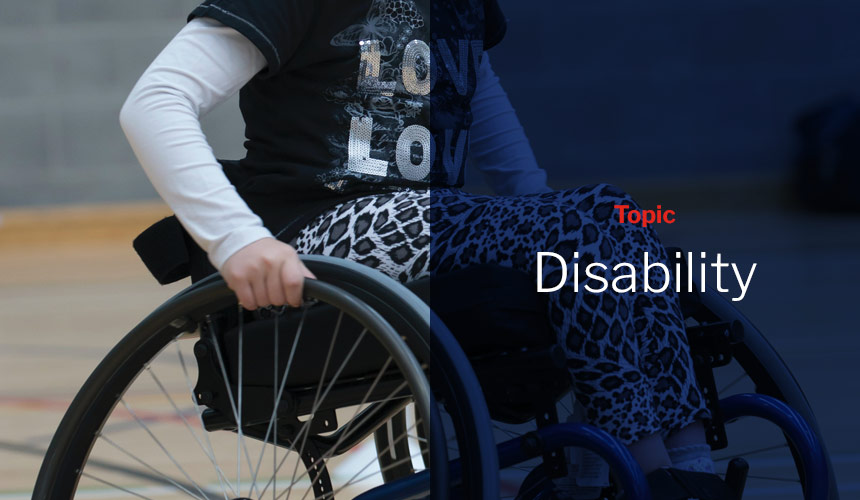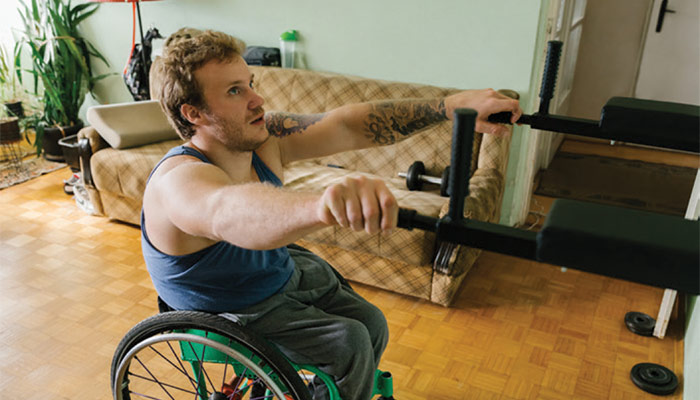
The justice gap for low-income Americans is larger than for higher-income Americans.
The 2022 Justice Gap Measurement Survey showed that low-income Americans were less likely to seek and receive legal help for their problems with substantial impact. Low-income Americans, from households with incomes less than 125% of the Federal Poverty Level (PFL) sought legal help for 25% of their problems with substantial impact, compared to 32% for Americans from households with incomes 400% or more of FPL. Low-income Americans did not receive any or enough legal help for 92% of their civil legal problems that affected them substantially in the past year, compared to 78% for higher-income Americans.
Scroll down for key findings related to income.

Low-income Americans sought legal help for 25% of substantial problems. (n=2,674)
Higher-income Americans sought legal help for 32% of substantial problems. (n=320)
Data source: 2021 Justice Gap Measurement Survey.
Low-income Americans did not receive any or enough legal help for 92% of substantial problems. (n=2,674)
Higher-income Americans did not receive any or enough legal help for 78% of substantial problems. (n=320)
Data source: 2021 Justice Gap Measurement Survey.
Only 39% of low-income Americans agreed that “people like me are able to use the civil legal system to protect and enforced their rights,” compared to 59% of higher-income Americans.
Data source: 2021 Justice Gap Measurement Survey.
At or below 125% of FPL (n=2,003):
- 45% confident they could find and afford a lawyer if they needed one to help resolve a serious civil legal problem.
At or above 400% of FPL (n=987):
- 73% are confident
Data source: 2021 Justice Gap Measurement Survey.
Over the course of a year, low-income individuals approach LSC-funded legal aid organizations for help with an estimated 1.9 million civil legal problems.
Data source: LSC’s 2021 Intake Census.

